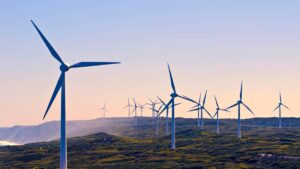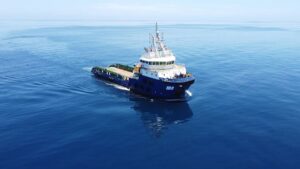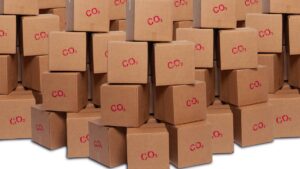Green Energy: WA Govt bill promises investment in carbon capture and storage; this is why that’s wack

Pic: Getty
It’s true some sequestration is better than none, but it serves to highlight that while Carbon Capture and Storage (CCS) can work, there are a lot of challenges ahead for any company that thinks it will solve their emissions issues.
Take for example Australia’s only large-scale CCS project – Chevron’s Gorgon CCS facility off the coast of Western Australia.
Back in 2006, the WA government gave Chevron the green light to build the $US55 billion LNG plant on Barrow Island on the premise that carbon dioxide would be buried under the island.
But in the company’s latest project update, it states Gorgon operated at just over half its promised capacity last financial year due to issues such as sand clogging the equipment.
Rather than storing its promised 4Mt target set for the project, Gorgon ended up only storing 2.26Mt of carbon dioxide in the undersea reservoir during the 2021 financial year.
In an interview with Stockhead, gas analyst for the Institute for Energy Economics & Financial Analysis Bruce Robertson says firstly, CCS technology only works in situations where there are “really high” CO2 reservoirs.
“The starting point is you need dirty gas to make it worthwhile, in other words very high CO2 gas and that is what ExxonMobil itself said in its investor presentation.
“What carbon capture and storage is doing is capturing some carbon and then producing carbon at the other end and those emissions will go into the atmosphere, so it doesn’t reduce emissions,” he said.
“The Gorgon Gas project which involved some of the biggest oil companies in the world – Chevron (47%), ExxonMobil (25%), and Shell (25%) – has failed to bury 9.5 million tonnes of carbon dioxide in the first five years of operation, delivered 50% of their targeted capture.
“These are the people that have some of the best petroleum engineers in the world, these aren’t second rate companies, and they can’t deliver a project that works.”
Why is this important?
Mines and Petroleum Minister Bill Johnston revealed yesterday he approved drafting of a bill that will “provide Western Australia’s resources sector with further investment and regulatory certainty” as it transitions to a low-carbon future.
Australian Petroleum Production and Exploration Association WA Director Claire Wilkinson said the ‘Greenhouse Gas Storage and Transport Bill’ will allow carbon capture, utilisation and storage solutions to be deployed in Western Australia, a key technology to decarbonise the resources industry and the broader WA economy.
Takeinto consideration the above scenario and you can tell why this has raised more than a few eyebrows.
“The announcement is simply not true – it is not true from the first word to the last word,” Robertson said.
“When they say that it is a proven way – I take issue with the fact that it actually reduces emissions – this is a key point because carbon capture utilisation and storage is pushing carbon dioxide underground in depleted oil and gas wells to force more oil and gas production… to squeeze the last oil and gas out of a well.”
“Carbon capture and storage is facilitating the production of gas that otherwise would have stayed in the ground as un-economic.”
According to the announcement, the McGowan Government is “committed to mitigating climate change and working with all sectors of the WA economy to achieve net zero emissions by 2050” so there will be “broad consultation with the resources industry and WA community on any proposed legislative amendments before the Bill is finalised”.
Related Topics
UNLOCK INSIGHTS
Discover the untold stories of emerging ASX stocks.
Daily news and expert analysis, it's free to subscribe.
By proceeding, you confirm you understand that we handle personal information in accordance with our Privacy Policy.








